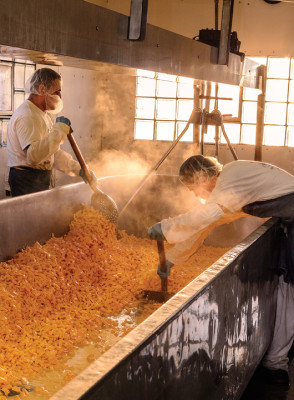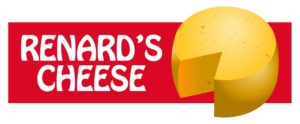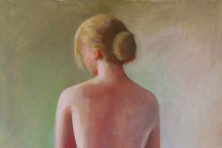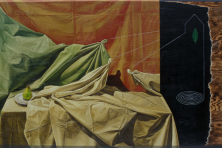The Process
- Share
- Tweet
- Pin
- Share
Chris Renard graciously took us through the daily cheesemaking process that takes place at the Renard’s Cheese plant on County S. Chris and his wife Ann own and run the store on Highway 57, while his uncle Brian Renard lives above the County S plant and owns and runs the store next to the plant.
STEP 1: Fresh Milk
“We pick up milk from 24 farms in Door County and northern Kewaunee County,” Chris said. “A contracted driver picks up every other day from all these farms. So the milk that comes in today we make into cheese tomorrow. We bring in on average 50,000 to 60,000 pounds a day. The key is to use the milk up when it comes in. Every vat is going to be a little different based on the milk that’s coming in.”
STEP 2: Pasteurization
Milk runs through a pasteurizer at 161 degrees for 15 seconds. It’s then pumped into a giant vat.
STEP 3: Culture & Coagulation
A starter culture of good bacteria is introduced into the milk. “That’s the bacteria that turns milk into cheese,” Chris said. “The starter culture gives you the flavor and texture of your cheese. An hour after the starter has been introduced, we’ll put in rennet. Rennet firms it up by coagulating the milk.”
STEP 4: Cutting
Wire blades are run through the coagulated milk. “That’s how you get your curds and whey,” Chris said.
STEP 5: Cooking & Stirring
The curds and whey are cooked to a certain temperature. The cheese is pushed to the side and the whey is drained off.
STEP 6: Slabs Into Curds
The cheese is now in slabs that are milled into curds, and the curds are salted to bring out flavor. “The cheese curds are the very first part of cheddar, not what’s left over,” Chris said. “We take all the curds we need for our stores and routes. After that we put what’s left into forms that are pressed. We do almost all wheels.
“All cheese is naturally white. The colored cheddar is most popular. We use anatto seed food coloring. For a 20,000-pound vat, it takes six cups of color. It doesn’t change the flavor. It’s mostly just a look.”
Photography by Len Villano.



